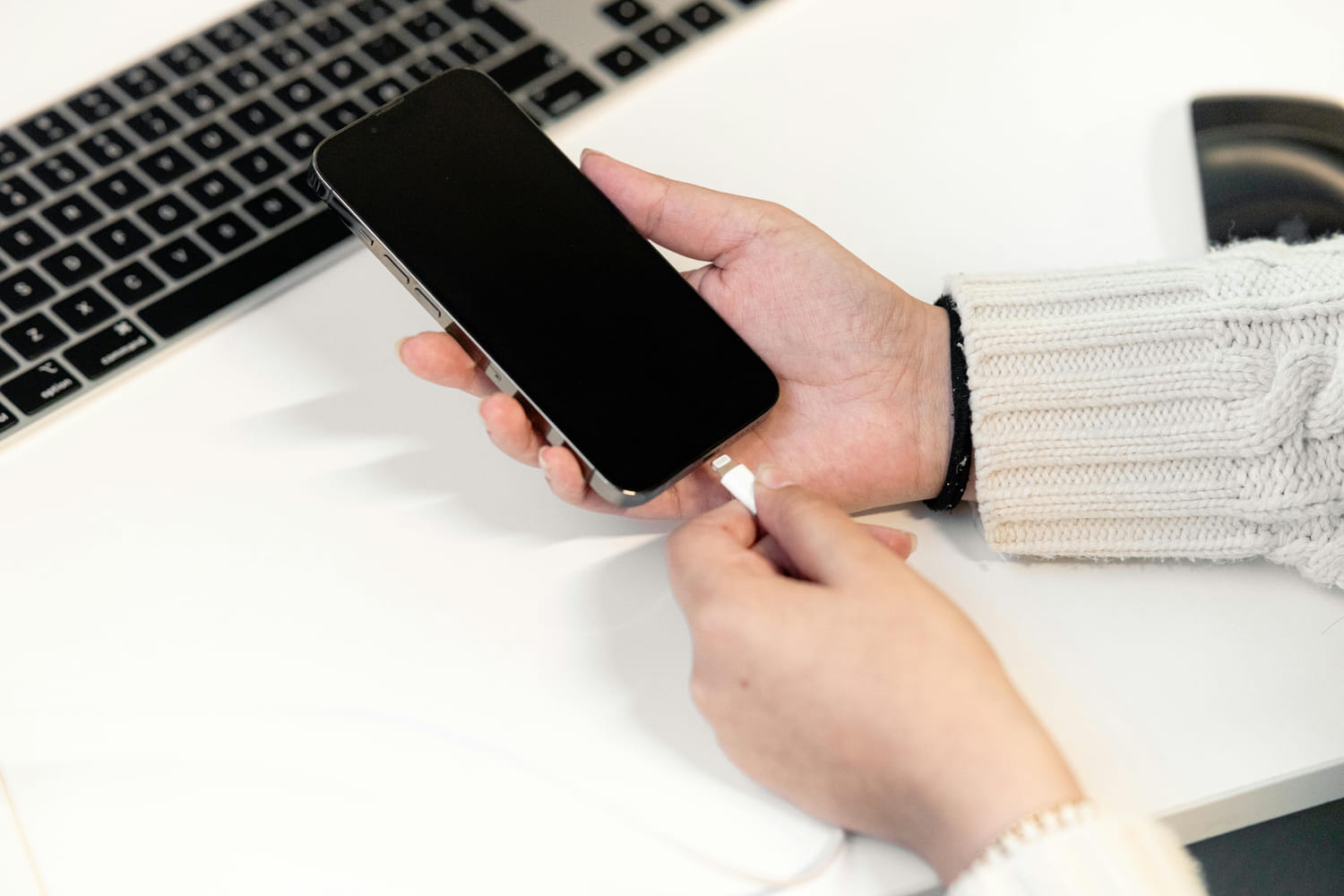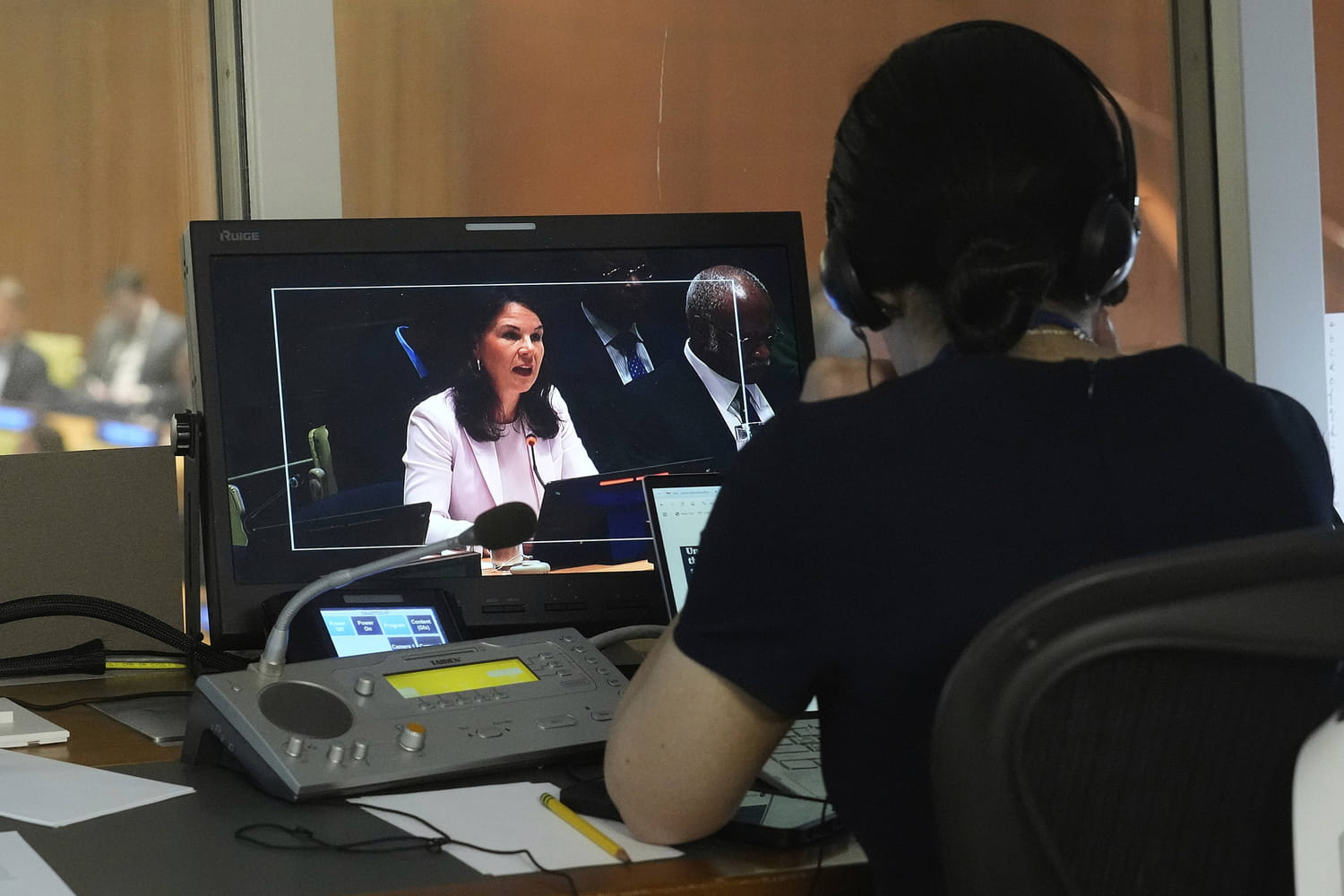This feature, which is more than ten years old, is undoubtedly the best ally for saving battery life.
When our smartphone’s battery runs out, our first instincts are to turn off the Wi-Fi, lower the brightness or even close the apps. However, a hidden option allows you to gain precious minutes of autonomy without having to activate or close anything. It’s been around for years and everyone ignores it.
Phone manufacturers have tried everything to extend battery life. “Power saving modes” mute background functions, limit downloads and reduce visual effects. But a large part of consumption comes from a completely different element: the screen. “The screen consumes a lot of energy”recalls Arthur Shi, engineer at iFixit, a site specializing in the repair of electronic devices. And it makes sense: each time a notification appears, it lights up, even for a few seconds. Knowing that this mechanism occurs dozens of times a day, it is normal for the battery to melt in record time.
Apple then found a way to reduce this expense without the user doing anything. To understand how it works, you need to know that the iOS system relies on the phone’s sensors to know when it is not being looked at. When it detects that it is standing still, it avoids turning on the screen with each message. The user continues to hear sounds or vibrations, but the light remains off. The name of this feature? “Face-to-table detection” and it has existed since 2015. Arthur Shi specifies, however, that the energy gain varies depending on the model: “A worn iPhone 12 mini will show a greater difference than a new iPhone 17 Pro Max and its significantly larger battery”.
And the good news is that it’s not an Apple exclusive. Google has also introduced a similar option on its Pixel models called “Flip for Shh”. The gesture is the same: place the phone flat, screen facing the table. Do not disturb mode automatically activates and prevents the screen from turning on. Less energy spent, fewer distractions.







